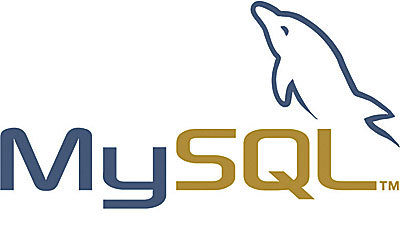12
2012
What is a MySQL Database?
MySQL is one of the well-known relational database systems. It is owned by a Swedish company called MySQL AB, which became a subsidiary of Sun Microsystems in 2008, recently acquired by Oracle. It is widely used in web applications and also acts as a database component. It is commonly used for open source bug tracking tools such as Bugzilla. MySQL became well known due to the popularity of PHP and Ruby on Rails, which were often combined with it. High-traffic websites such as Google, YouTube, Facebook, Wikipedia and Nokia use it for data storage. It works on a variety of system platform such as Mac OS, Linux, Windows XP, Solaris and Symbian. Programmers can access its libraries which are available in different programming languages. They can use the command line tool included in the database. GUI administration tools can also be downloaded from the MySQL website. There are also free noncommercial tools that are available for use.

Two Variants of MySQL Database
MySQL has two variants: the MySQL Community Server and Enterprise Server, which shares a common code base and a host of features. This includes a cross platform support, cursors, triggers, stored procedures, independent storage engines, strict mode, updatable views, query caching, and partial Unicode support. Its distinguishing features that separate it from other relational database systems are multiple storage engines which allow the user to choose the most effective table for application, native storage systems, partner and community developed storage engines, custom storage engines and commit grouping. Starting with version 5.1, the product will be released with only one server package. A server binary will be included for debugging information. Unlike other RDBMS, MySQL was first released late in 1995. After three years, the version for windows was released. This followed a series of releases which featured developments. Version 4 had unions; version 4.1 had R and B-trees, prepared statements and subqueries, version 5 had cursors, triggers, views, XA transactions and stored procedures; and version 5.1 had an event scheduler, plugin API, server log tables, row-based replication and partitioning. Future releases of the product will include foreign key, additional Unicode characters, support for parallelization and new transactional storage engine called Falcon. These features will be included in the version 6 and 6.1. The MySQL server is a free software under the general public license and buyers have access to binaries through subscriptions. These binary updated include the latest bug fixes. Buyers of the MySQL enterprise are provided with support ranging from performance tuning to advice on system architecture. The main problem of the product nowadays is that it is prone to crashing. Wrong result bugs appear and take a long time to fix. The server also performs poorly with data warehousing.
Future of MySQL Database
MySQL has been widely used and known because it is a free software, and the company was able to address its issues when they released version 5. Nowadays, it is still popular with web applications and is still being developed for better efficiency. The database may not be as big as other competitors, but MySQL has remained popular due to its accessibility. Let’s what Oracle is up to now…
Further readings
Advertisements
Recent Posts
- What is a Disaster Recovery Data Center
- What is a Relational Database?
- What is a Flat File Database?
- What is a DSN or Database Source Name?
- What is a Disaster Recovery Plan?
- What is an Open Source Database?
- What is Disaster Recovery?
- What is a Database Cluster?
- What are Database Servers?
- What are Database Forms?

 An article by
An article by 




